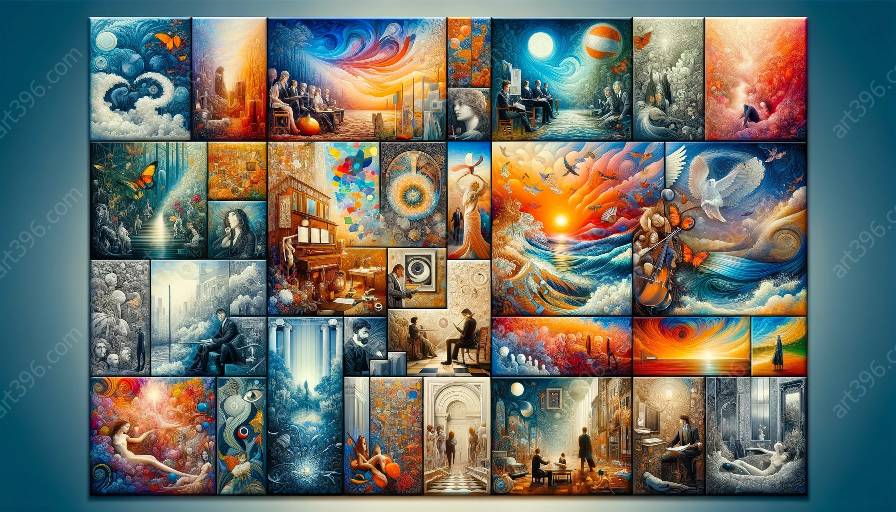Fauvism was an influential art movement that emerged in the early 20th century, characterized by its bold use of color and a departure from traditional representational art. One of the significant impacts of Fauvism was its influence on the development of abstract art, shaping the direction of modern art in profound ways.
Fauvism and its Characteristics
Fauvism, which means 'wild beasts' in French, was a movement led by artists such as Henri Matisse, André Derain, and Maurice de Vlaminck. The artists associated with Fauvism sought to explore the emotional and expressive qualities of color, often using non-naturalistic hues to convey powerful, raw emotions. Fauvist works are known for their energetic brushwork and simplified forms, as well as the emphasis on the emotional impact of color.
Influence of Fauvism on Abstract Art
The bold and unconventional use of color in Fauvist paintings played a crucial role in shaping the evolution of abstract art. Artists inspired by Fauvism began to experiment with reducing forms to their essential elements and focusing on the expressive potential of color rather than realistic representation. This shift laid the groundwork for the emergence of abstract art, as artists sought new ways to convey emotions and ideas through non-representational forms and vibrant colors.
Fauvism's influence on abstract art can be seen in the works of artists such as Wassily Kandinsky, a pioneer of abstract painting. Kandinsky was inspired by the emotive power of Fauvist colors and sought to push the boundaries of traditional artistic representation, ultimately contributing to the birth of abstract art as a distinct movement.
Connection with Other Art Movements
Fauvism's impact extended beyond the realm of abstract art, influencing subsequent movements such as Expressionism and Cubism. Expressionist artists, captivated by the emotional intensity of Fauvist works, incorporated elements of Fauvism into their own explorations of inner feelings and subjective experiences. Likewise, the bold use of color and form in Fauvist art provided a catalyst for the development of Cubism, as artists like Pablo Picasso and Georges Braque reimagined reality through fragmented forms and a dynamic interplay of shapes and colors.
Legacy of Fauvism
The legacy of Fauvism's influence on abstract art endures to this day, as its revolutionary approach to color and form continues to inspire contemporary artists. The movement's emphasis on emotional expression and the autonomy of color laid the groundwork for the diverse and dynamic landscape of abstract art, shaping the trajectory of artistic expression for generations to come.

